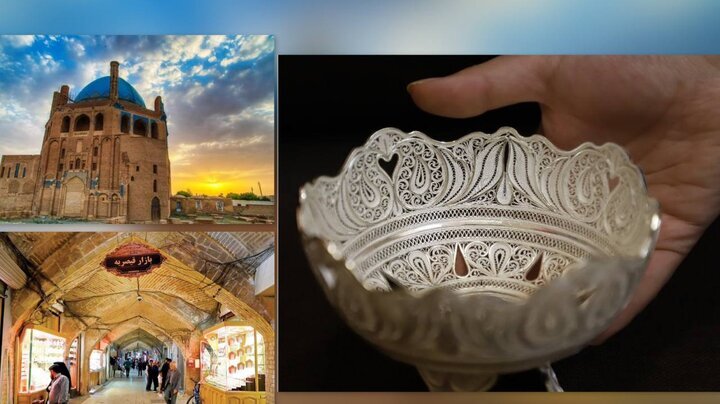
Similar Posts
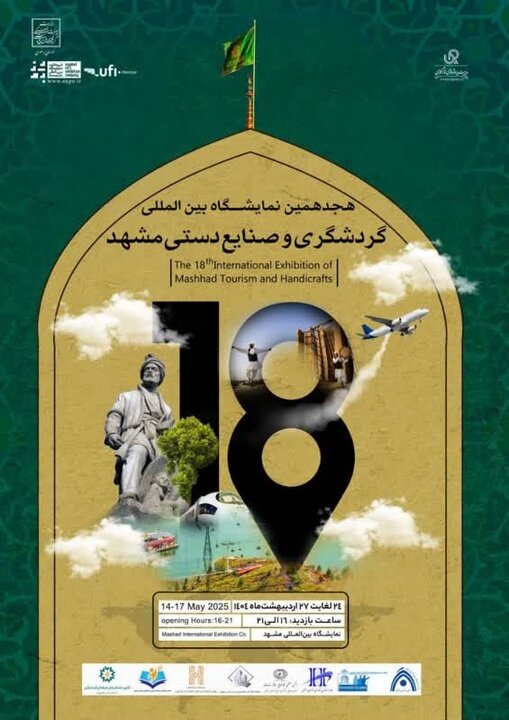
Explore Culture and Craft: Mashhad Welcomes the 18th International Tourism and Handicrafts Fair!
Mashhad is set to host the 18th International Tourism and Handicrafts Fair from May 14 to 17, promoting tourism and handicrafts in line with Iran’s slogan “Investments for Production.” Organized by Seyyed Javad Mousavi, the event will feature countries sharing the Khorasan civilization legacy, including Afghanistan, Tajikistan, and Uzbekistan. It aims to showcase traditional crafts, cultural performances, and facilitate networking among artisans and businesses. With Mashhad’s significance as Iran’s holiest city and its rich cultural heritage, the fair promises to attract tourists and investors, bolstering the local economy and fostering international cooperation in craftsmanship and tourism.

Hasanlu Golden Bowl Festival Officially Joins Iran’s National Tourism Calendar: A Cultural Celebration Awaits!
The Hasanlu Golden Bowl Festival, a key cultural event in Iran, has been added to the national tourism calendar. Annually held in Naghadeh, West Azarbaijan, it celebrates the discovery of the iconic Golden Bowl of Hasanlu, dated around 800 BC. Scheduled for August 11-16 at the archaeological site of Teppeh Hasanlu, the festival promotes local traditions and cultural identity through various programs, including performances, art exhibitions, and workshops. This vibrant event aims to enhance tourism and community engagement while honoring the region’s rich heritage and historical significance, making it a must-visit for history enthusiasts.
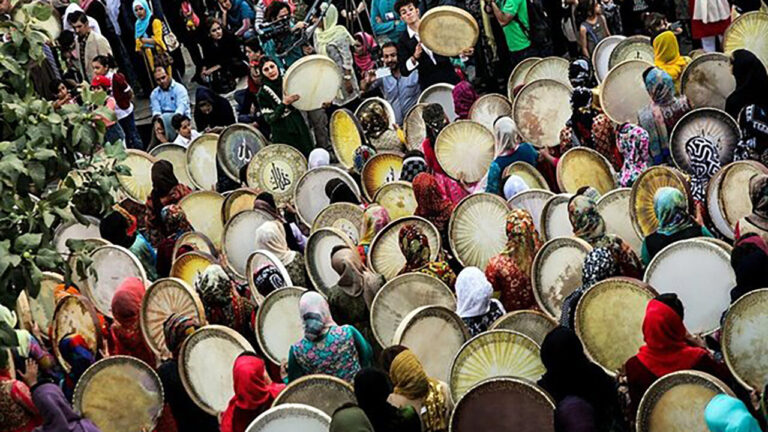
Palangan Set to Host Vibrant Traditional Music Festival: A Celebration of Culture and Harmony!
The Hezar-Daf Festival in Palangan village, Kordestan province, Iran, is an annual cultural event aiming to promote the region as one of the World Best Tourism Villages. This year’s festival, scheduled for the last Friday of the Persian calendar month, highlights Kordestan’s rich heritage and has attracted 50,000 tourists in previous years. With a growing number of visitors, Kordestan is expanding its tourist accommodations from 6,000 to 41,000 beds. The festival showcases local music, art, and traditional crafts, while also celebrating the recognition of Kordestan’s intangible cultural heritage, including the traditional game of backgammon.
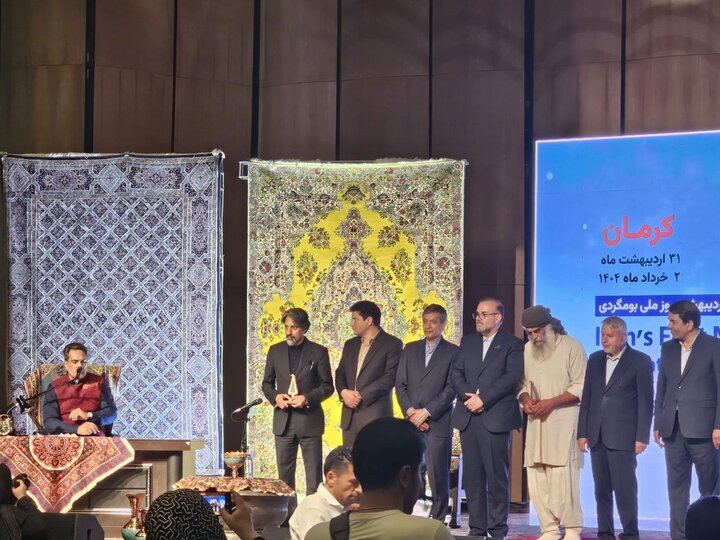
Iran Launches Inaugural Ecolodge Celebration to Boost Sustainable Tourism
Kerman, Iran, recently hosted the inaugural National Celebration of Ecolodges on May 21, uniting over 600 ecolodge managers to promote sustainable tourism. Iranian Tourism Minister Seyyed Reza Salehi-Amiri emphasized the government’s commitment to developing ecolodges as cultural storytelling spaces, highlighting Iran’s beauty and diversity. Kerman’s governor, Mohammad-Ali Talebi, showcased the region’s rich heritage and potential for tourism, advocating for smart tourism and community resilience. The event, aligning with the UN’s World Day for Cultural Diversity, aimed to enhance networking and share experiences among ecolodge operators, marking a significant step for Iran’s sustainable tourism sector.
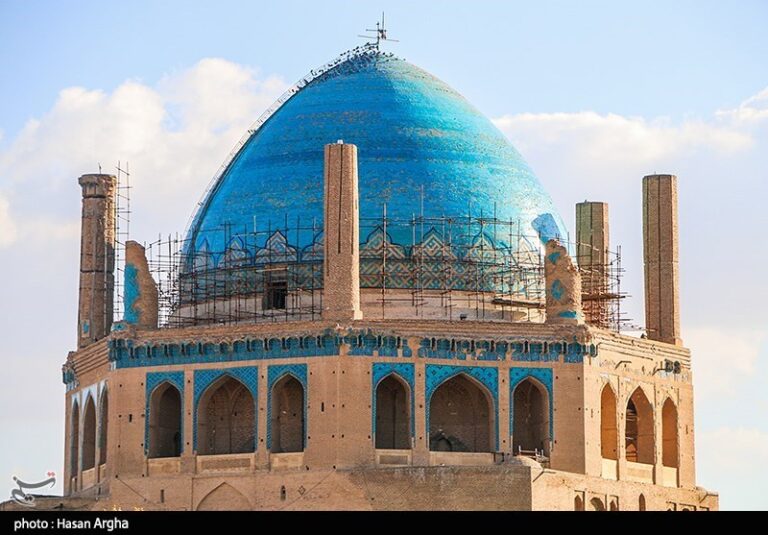
Explore Soltaniyeh: Iran’s Majestic Zanjan Brick Dome, the Largest of Its Kind!
The Dome of Soltaniyeh, built between 1302 and 1312 AD in Soltaniyeh, is a stunning example of Ilkhanid architecture and the burial site of Oljaitu. Recognized as the third largest dome globally, it has influenced monuments like Florence’s Cathedral and Istanbul’s Hagia Sophia. Registered as a UNESCO World Heritage site in 2005, the dome showcases innovative design, intricate tile work, and historical significance, symbolizing unity among diverse cultural influences. Its grandeur attracts visitors and highlights the rich heritage of Iran, making it an essential landmark for understanding Islamic architecture and history. Preservation efforts ensure its legacy for future generations.

Kerman’s Treasures: Ten Bronze Age Artifacts Designated as National Heritage
Ten ancient Bronze Age artifacts have been registered in Iran’s National List of Movable Heritage, as announced by Nader Alidadi-Soleimani, head of the Registration Office for Cultural Heritage in Kerman. These items, dating back to the third millennium BC, were found in the historically rich Jiroft plain and signify a pivotal transition from the Chalcolithic period to early urban development. The artifacts, characterized by intricate designs and craftsmanship, challenge traditional views of civilization’s origins, highlighting Jiroft’s significance alongside Mesopotamia. This registration marks an important step in preserving cultural heritage and understanding ancient societies’ complexities.